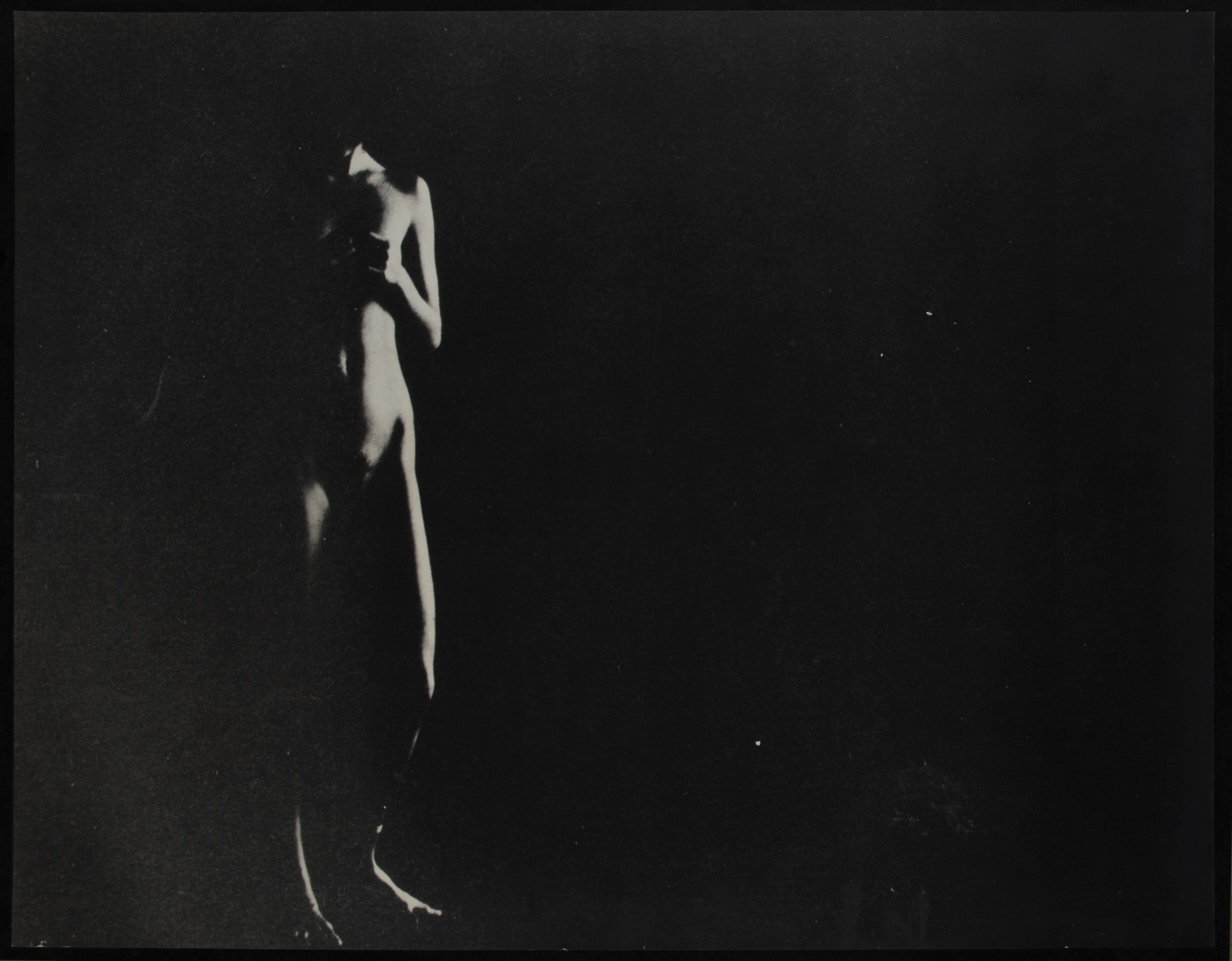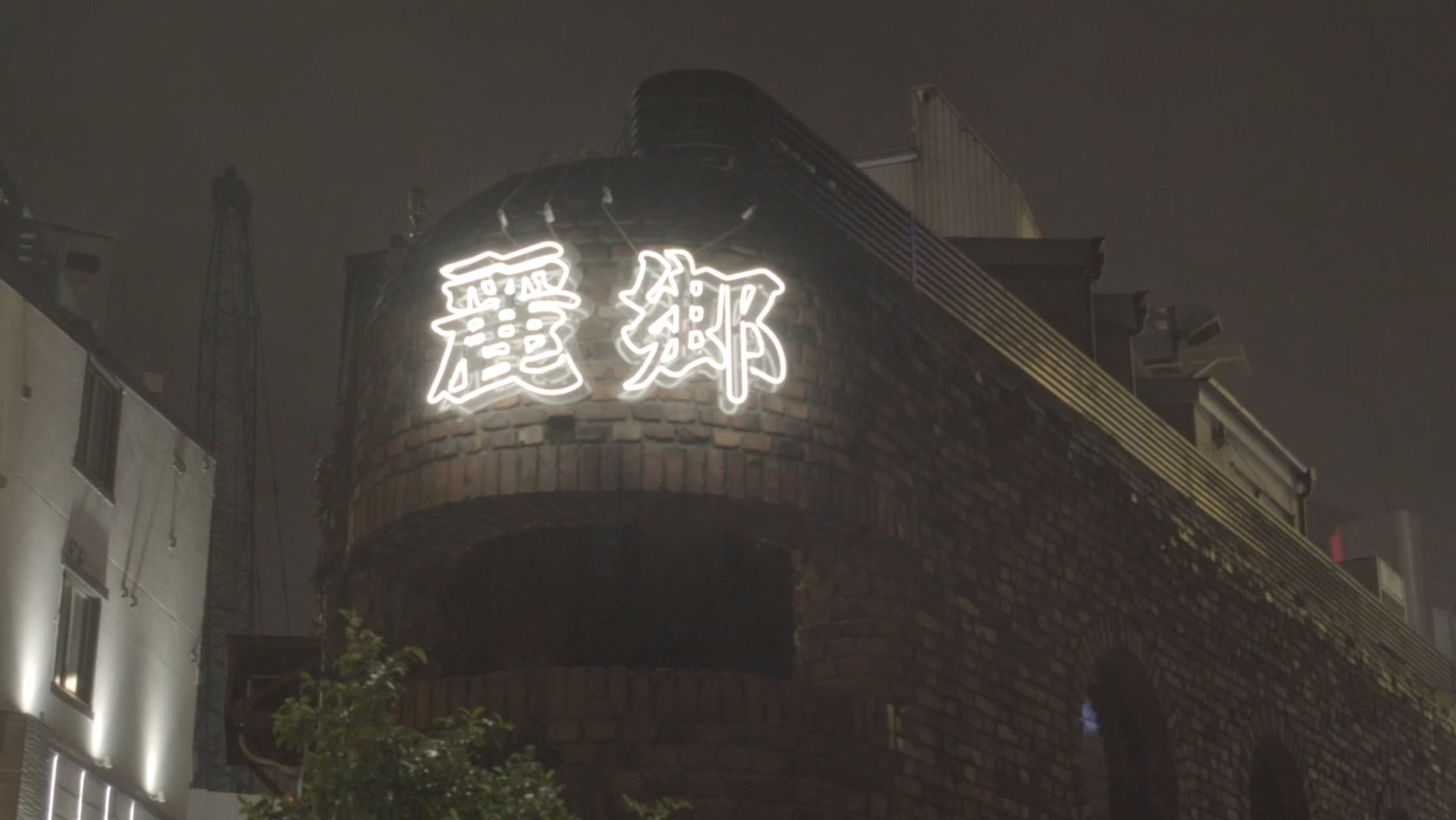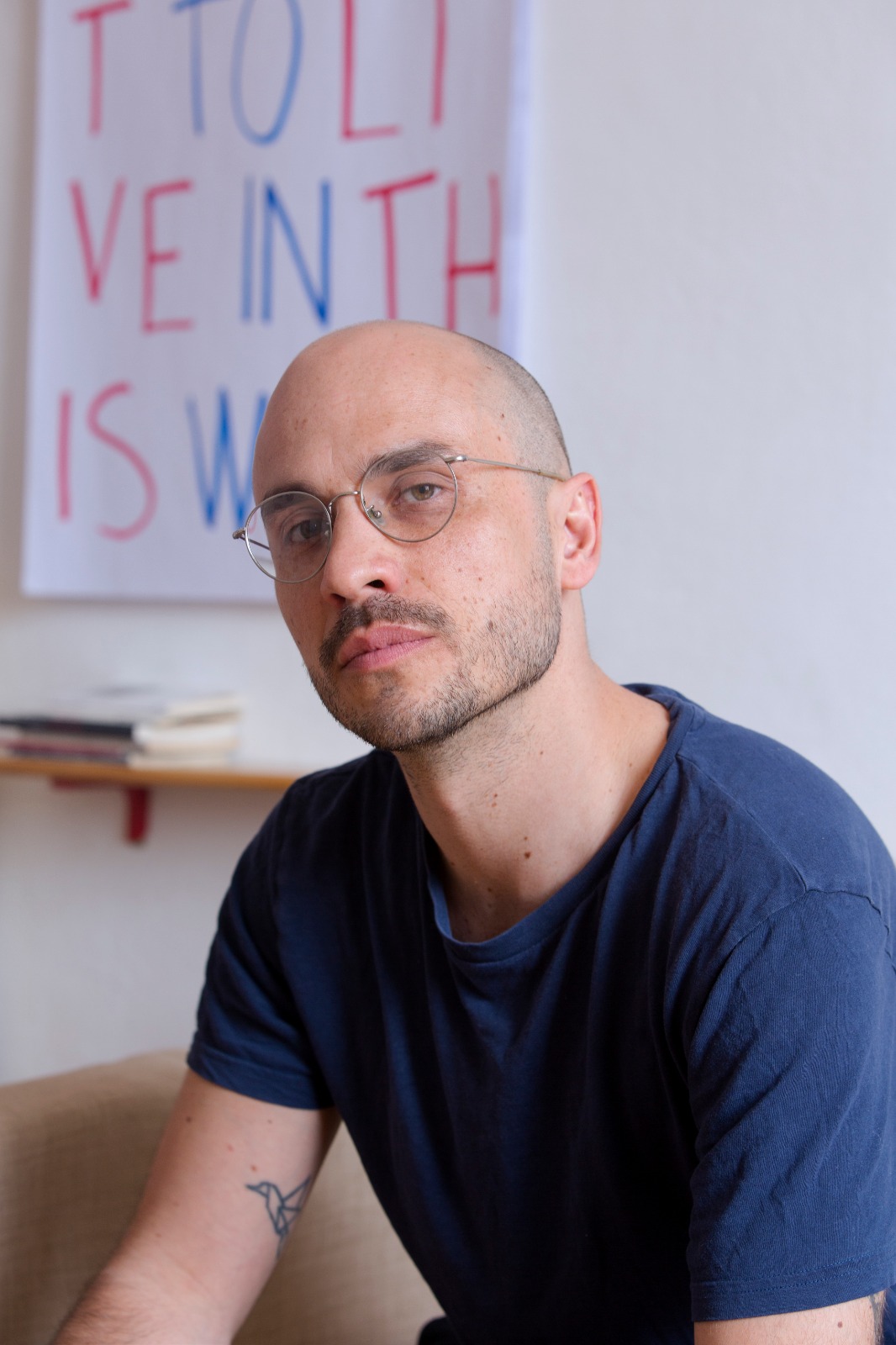A trip to Guido Guidi's home and studio a few years ago
by Catherine Vautrin
by Catherine Vautrin
We leave Milan in the morning for Emilia-Romagna to meet Guido Guidi, the master photographer-topographer-historian of our contemporary landscapes. [...]

Focus on Federica Perazzoli and Daniele Innamorato
by Elisa Consentino
The last five minutes of sleep, the moments before waking up completely. In the eyes the first impressions of the morning mingle with images of the leftovers of dreams. [...]
︎︎︎
︎︎︎

by Micol Caruana
Looking at the photographs of the women in her family in Puglia, portrayed in different special moments in front of the same landscape, Teresa Giannico transforms her memories into art. [...]
︎︎︎
Focus on Fabio Mauri
by Alberto Villa
October 1971, Venice. Fabio Mauri (1926 - 2009) presents for the first time a performance destined to go down in history as one of his major works: Ebrea.
︎︎︎
︎︎︎

Argille Azzurre, double interview
Barbara De Ponti / Paolo Zambianchi da Confinis - project curated by Marco Tagliafierro
Is it really true that Geology is the most romantic of sciences?Can earth sciences contemplate fusion with humanistic contexts? [...]
Videodiary on the occasion of Vogue Photo Festival
by Takashi Homma
Videodiary is a collection of twenty-eight videos recorded daily and edited over weeks, in which the artist recounts the quarantine period last April in his city, Tokyo. [...]
︎︎︎
︎︎︎

Focus on Guido Guidi by Marta Daho
Con-sideratio, in Latin, consists in discovering how the stars assemble to form a sign in the night sky. How, depending on the seasons, they are configured and how their influence, on fixed dates and in a given place, is exerted on men, animals, plants, the flow of the river, the level of the lake, the great tides. [...]





